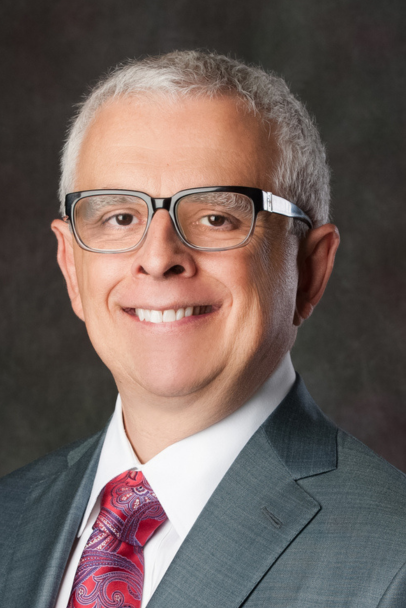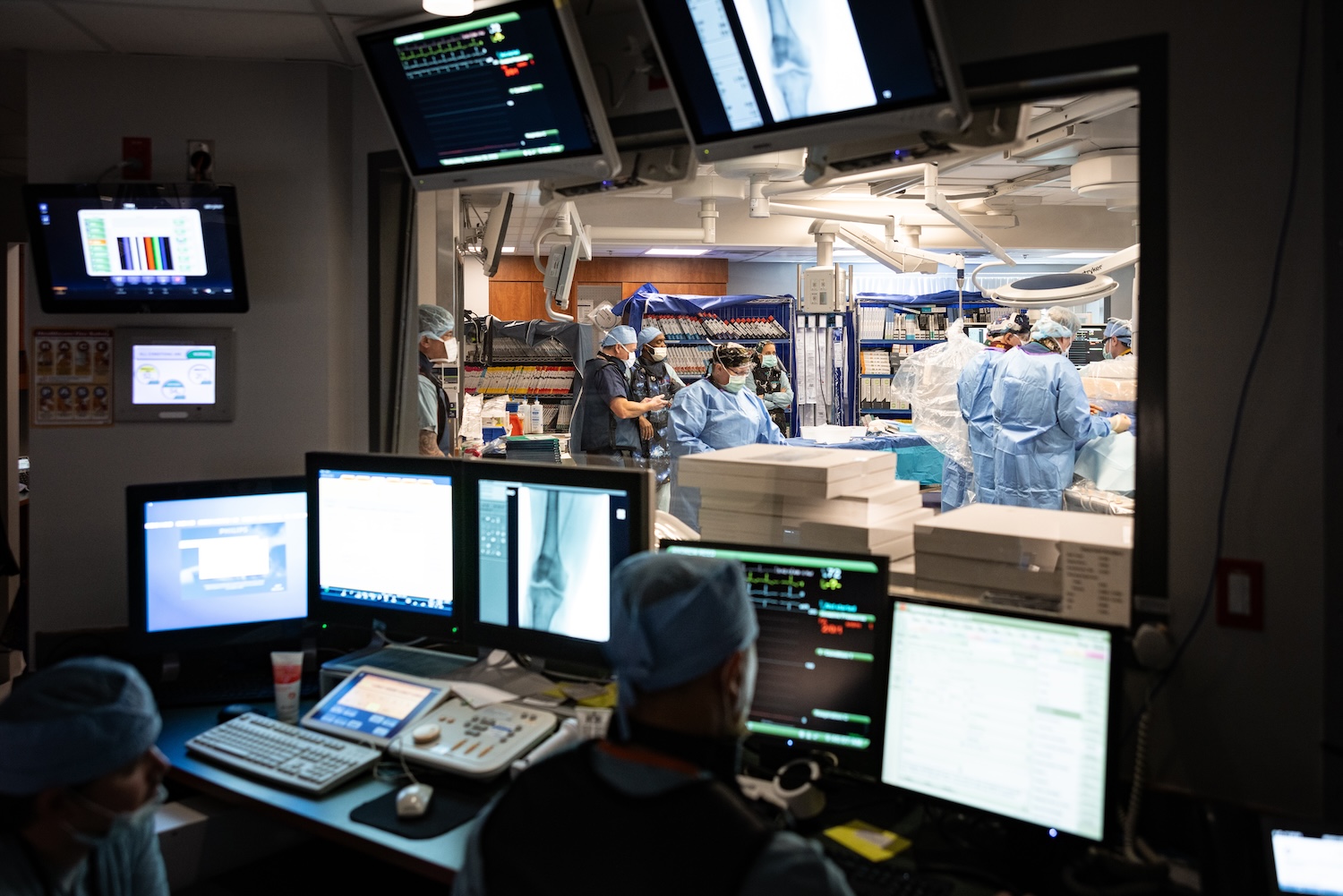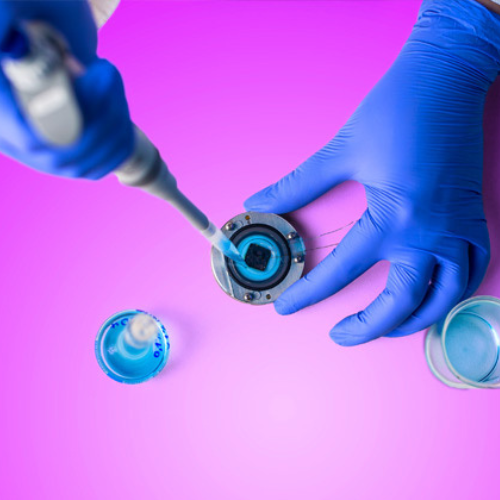Saving Limbs, Saving Lives: The Critical Limb Ischemia Program at TMH
“Nothing more can be done to save the leg.”
For many patients referred to Tallahassee Memorial HealthCare’s (TMH’s) Critical Limb Ischemia (CLI) program, this grim verdict is one they may have heard repeatedly.
At TMH, however, these patients have access to the comprehensive, multidisciplinary expertise of the cardiovascular specialists from TMH Physician Partners, Services by Southern Medical Group, including interventional cardiologists and vascular surgeons. They also benefit from two state-of-the-art interventional cardiac catheterization laboratories designed specifically to treat patients with CLI.
 “We have healed wounds and prevented amputations for many patients when other centers have given up on them,” said John Katopodis, MD, an interventional cardiologist with TMH Physician Partners, Services by Southern Medical Group.
“We have healed wounds and prevented amputations for many patients when other centers have given up on them,” said John Katopodis, MD, an interventional cardiologist with TMH Physician Partners, Services by Southern Medical Group.
CLI occurs when severe blockages in the arteries of the legs significantly reduce blood flow. It is a serious form of peripheral arterial disease (PAD). People at high risk for PAD and CLI include smokers and individuals with diabetes, hypertension, high cholesterol or chronic kidney disease.
“PAD is very common, affecting at least 15% of people over age 65,” Dr. Katopodis noted. “While most people with PAD are asymptomatic and can be managed with medication, good foot care and risk factor management, a small percentage will develop CLI.”
Hospital admissions for CLI increased from 0.9% in 2011 to 1.4% in 2017.1 Unfortunately, many people with PAD who develop foot ulcers receive basic wound care without being assessed by a vascular specialist. Recent data show that 1 in 4 people with CLI will undergo an amputation within a year of diagnosis.
“Even a single toe amputation can create new pressure points that lead to further wounds and subsequent amputations,” Dr. Katopodis explained. “This is particularly problematic for people with diabetes, as it often triggers a downward spiral of complications.”
Amputations have profound consequences on a patient’s health and quality of life. Mobility is frequently reduced, making it more difficult to manage diabetes or hypertension through exercise. Depression is also a common complication, and below-the-knee amputations can result in a loss of independence, forcing many individuals to move from independent living to a nursing facility. Revascularization in CLI can significantly improve survival rates.

Revascularization in critical limb ischemia significantly improves survival, research suggests.
“Data from the national Medicare database show that if the first procedure for a patient with CLI is an amputation, there’s an 80% chance they will die within four years,” Dr. Katopodis said. “If the first procedure is an angiogram and intervention, that risk drops to 40%.”
Dr. Katopodis shared the story of a patient with a work-related leg injury. “After five years of wound care, they were told amputation was the only option. Instead, we identified arterial blockages and venous insufficiency, addressed both, coordinated with wound care and a plastic surgeon, and healed the wound. Today, that patient is thriving.”
Another patient had received three years of care at a wound care center, and a vascular surgeon had made unsuccessful attempts to open their arteries. The wound worsened, and amputation was recommended.
“We provided a second opinion, opened the chronically occluded artery and healed the wound, preventing amputation,” Dr. Katopodis pointed out.
Limb salvage at TMH involves more than diagnosing and treating arterial blockages. “Our program integrates multiple specialties for a holistic, in-house approach,” Dr. Katopodis explained. “Many patients have cardiac issues as well, and the collaboration between cardiologists and vascular surgeons ensures seamless co-management of these conditions.”
The CLI program also partners with regional wound care centers, TMH Physician Partners-Endocrinology, Obesity & Diabetes, and primary care physicians to address risk factors like diabetes, cholesterol and hypertension. Partnerships with orthotics providers and podiatrists further support patient care by ensuring patients have appropriate footwear.
“To prevent amputations, we must address more than just blockages,” Dr. Katopodis emphasized. “If these other factors aren’t managed, opening the artery alone isn’t enough.”
References
- Anantha-Narayanan M, Doshi RP, Patel K, et al. Circ Cardiovasc Qual Outcomes. 2021;14(2):e007539.
- Mustapha A, Saab FA, Ranger WR, et al. J Crit Limb Jschem. 2023;3(2):E56-E63.
Our Location

Heart Care +2 more
TMH Physician Partners, Services by Southern Medical Group – Vascular Surgery
1401 Centerville Road Suite 504, Azalea Building - Tallahassee, FL 32308

